I threw a picnic in our garden the other day. We were busy with all…
Keeping a manor house clean
At the beginning of December as we approach Christmas, I realise I have to do a big cleaning in the house. In Hungary we normally have two big cleanings every year: one in spring (around or before Easter) and one before Christmas so that we can have clean rooms for the festive season to arrive – or at least this is how I was brought up. Interestingly, the English don’t do a big cleaning in winter – I have not seen or heard anything about it (yet).
This should not make us Hungarians think that the English don’t have a dedicated day for a big cleaning! Of course they do! It is at spring though and as I look back now, I can recall supermarkets starting to advertise brushes, buckets and cleaning materials weeks before the Big Spring Clean Day. It is very kind of them to remind people to clean their homes after the long and dirty winter (for me it is enough to have a look at my windows and it is shouting at me that they DO need cleaning and there is no way I can avoid it this year either), I suspect, this action is more about the supermarkets pushing their sales. What is actually good to see is that the Spring Clean is not only about doing the cleaning at home, but also clearing forests, roads etc.
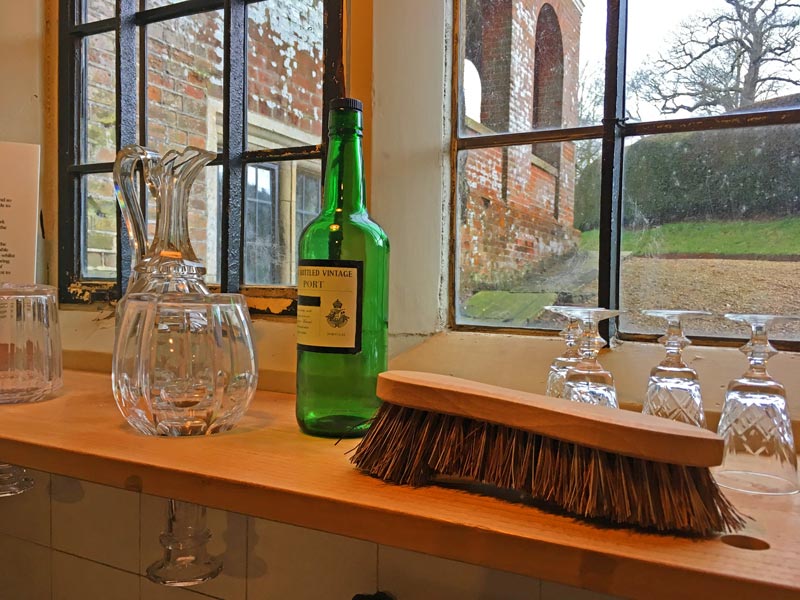
As this topic is more about cleaning before Christmas, I thought it might be a good idea to see how the cleaning was done at country houses back in time. Believe it or not, at country houses beside the spring clean, there was often another one at autumn! Although the English have their Spring Clean in March, country houses scheduled theirs for April or May. This was the time when the family would go on a tour in Europe, or spend more time in London. The one at autumn was scheduled when the family went hunting.
How much was cleaning needed?
Very much so. Don’t forget the 19th and the beginning of the 20th centuries was an extremely filthy era, especially the cities as they were polluted heavily because of coal dust and gas lighting. Therefore, the first job to do was sweeping the chimneys. Doing anything else before the chimneys were swept was pointless. In the household the smallest person would be sent up to the chimney, however, more often this task was done by children called “climbing boys”. Bless them, they often were scared and an eldest would be sent to climb after them to sting their legs with pins or light a match beneath them to motivate them to do the job. It goes without saying, the task was dangerous as they could have fallen down, or got stuck in the flute, which was getting tighter towards the top, not to mention the effects of tar and soot on their health. Although an act in 1840 banned using anyone under the age of 21 for cleaning the chimneys, households did not refrain from using children because the fines were low. Things only got better after 1864 when the act was reinforced.
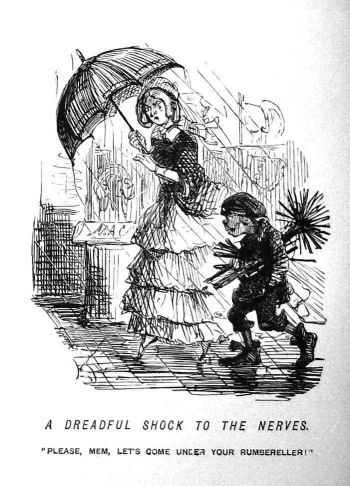
The rest of the big clean was more or less the same as today with the exception of electric devices and ultra strong, modern cleaning materials. However, expectations depended on the mistresses instructions, which she often prepared in the form of a manual. Wise and experienced Housekeepers shared the opinion of:
Not to touch things unless absolutely necessary.
Major cleanings
Furniture was pulled from the walls and covered with sheets to protect them, curtains were removed and washed or beaten, windows were cleaned, carpets were removed and taken out of the house for a good beat, chandeliers were wiped with a dampened sponge and then dried and buffed. Wooden floors were wiped with warm water containing vinegar, then polished with a chamois leather. Furniture was buffed with a home-made mixture of beeswax and turpentine. It was the housekeeper’s role to create recipes for cleaning materials. Upholstery was brushed and stains removed by using benzene, cupboards and chest of drawers were turned out and checked for signs of moths or insects. The Housekeeper instructed the housemaids to check all china and look for damage. If they found one, they took an inventory of the item which later would have been replaced.
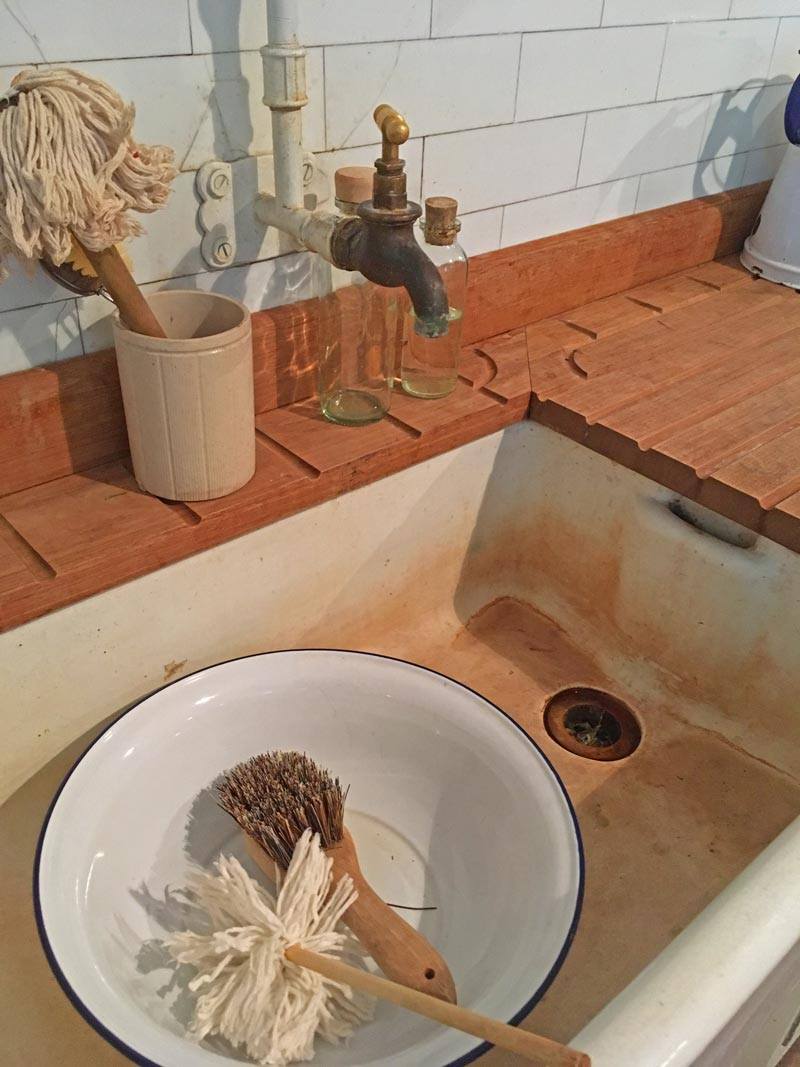
The big cleaning was not only useful for cleaning the house, but for doing bigger maintenance or implementations. Installing electricity,or doing plumbing for example which was ideal to do when the family was away.
The big clean does not seem to a be a horrible job, but when you walk through a huge country house full of heavy furniture and curtains, chandeliers containing millions of glass pieces, enormous paintings, statues and china in every room, then you realise what a big job it was. Especially at places like Uppark and Petworth where the house and the servants buildings were connected by long tunnels and where servants had to carry the water for the cleaning (and for bathing every day by the way). I must admit, I would not have liked to be a servant of that time. When they broke something during the washing up, the amount was deducted from their wages. I cannot imagine what happened if they broke something like a huge valuable china urn…
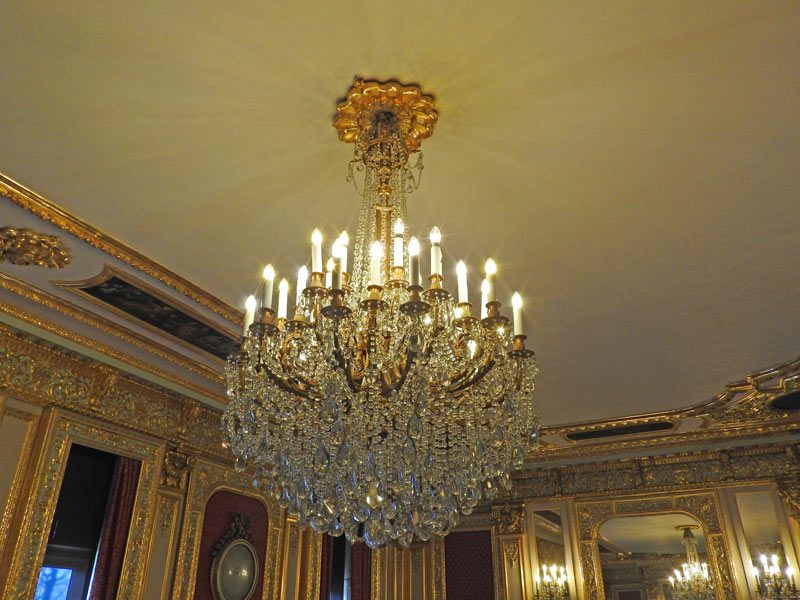
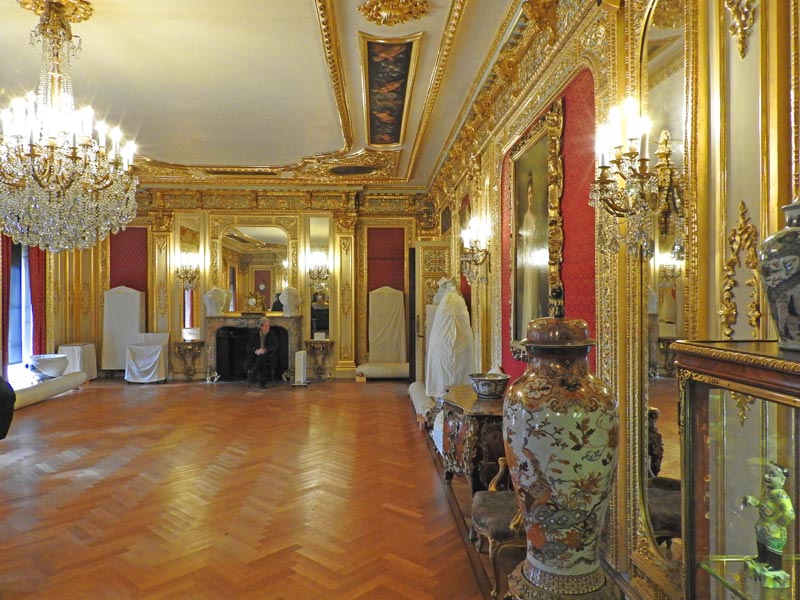
A few tricks from Victorian times:
- Weak black tea and some alcohol to wash glasses
- To remove stains, use a paste made of soft soap and starch, apply it on the surface, let it dry then scrape it off with a knife and clean with damp sponge. Repeat the process if necessary.
- Kerosene and powered lime whiting is best for cleaning tin, but also good for silverware and door-knobs.
- Stains on marble can be removed with the mixture of finely powdered pumice-stone and verjuice. Apply it on the surface, leave it for 12 hours, then clean it with a wet sponge and wipe dry with a cloth.
- Lace curtains should never be ironed. They should be washed and starched then spread on a board and pinned down every two inches and dry it for a few days.
- Gin to get mirrors shining. (What a waste!)
- Newspapers for cleaning windows. (Still in use today.)
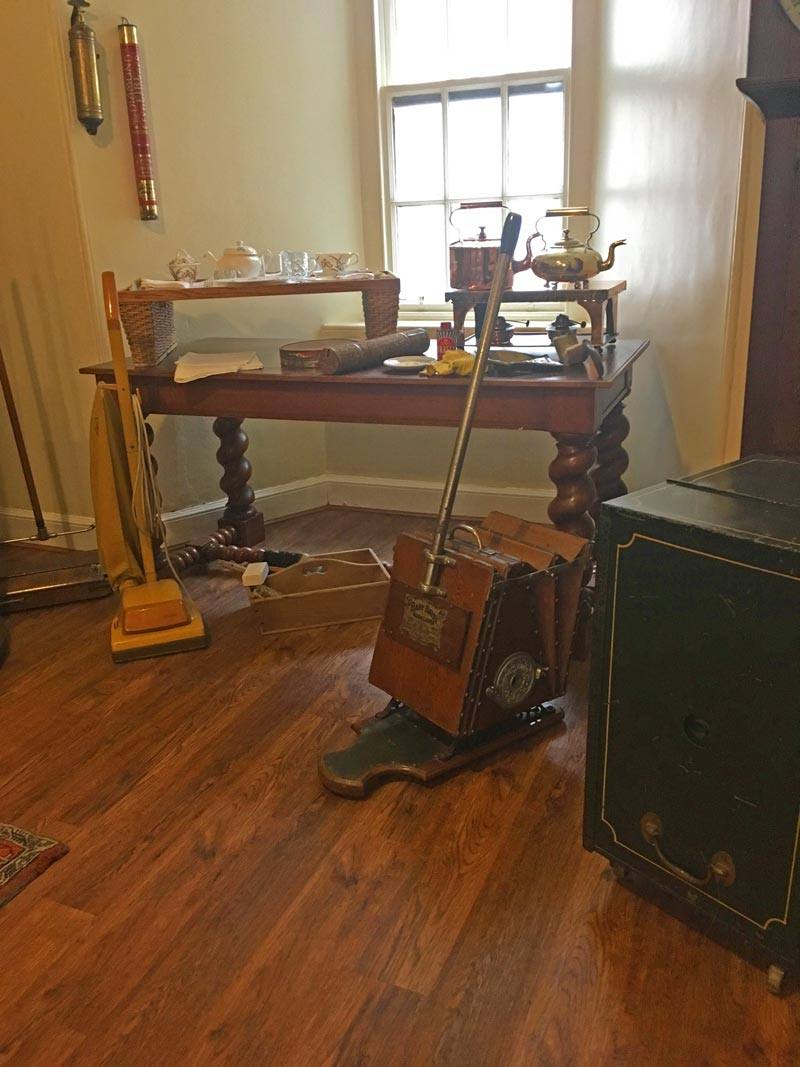
These days…
Just to comapre old practicies with contemporary ones, here is a list how country houses preserve furnishing:
- Only very few tools are used: a low-suction vacuum cleaner, a lint-free cotton duster and a hog’s hair brush. Eventually, if there is a more delicate piece which requires more gentle clean, a pony hair brush is used.
- Modern furniture polishers contain lot of silicone which is actually not good for the wood. It is better to wipe them and occasionally wax them.
- Over-cleaning can cause damage to antiques, therefore if not necessary, they don’t touch them.
- Waxing the wooden floor is only a surface treatment and it does not go into the wood as believed by many. Wood does not need waxing that often, they are waxed only once a year.
- Most textiles are cleaned with a low-suction vacuum cleaner.
- They do the big cleaning rather in winter than in the spring!
~
Well, I think I am quite pleased with having to clean my windows only and doing some cleaning using a modern vacuum cleaner and some really good cleaning materials. Having said that, let me have a look what else needs to be done around the house, as at this coming weekend we too do a big cleaning…
Are you doing a big cleaning before Christmas?




Comments (0)